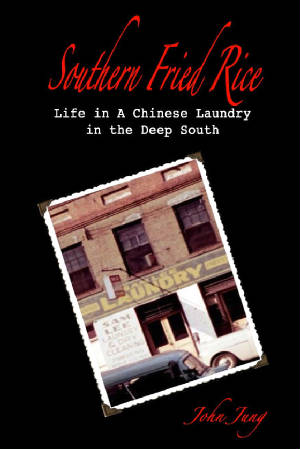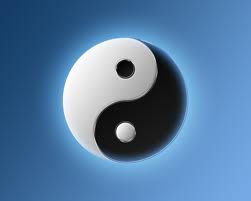
|
| Story of our life in Macon, Ga. where we were the only Chinese in town. |
How The Chinese Got To The Deep South
Whenever people discover that I, a Chinese American living in California,
was born and grew up in the middle of Georgia, they frequently ask something like, how did you ever end up living in Georgia?
Most people, even other Chinese, simply assume that because I am Chinese I was born or at least grew up in San Francisco
or some other place in California where there are large Chinese populations since. The simplest answer is that when my parents
immigrated from a small village near Canton, China to the United States in the 1920s they did not know anyone who could help
them get settled except some Chinese from their village who was already living in the Deep South. But that answer only leads
to the next question about how that Chinese person got to be in the South.
Upon further analysis, it is not surprising that many of the Chinese laundries scattered throughout the South in cities
such as Chattanooga,Charleston, Birmingham, and Augusta, Atlanta, and Macon, Georgia were operated by Chinese immigrants who
came from the same villages in the rural areas of Guangdong province in southeastern China. As each new immigrant, like my
parents, was highly dependent on the assistance of earlier immigrants from their village upon their arrival in this land so
strange to them, it is reasonable that they would end up more or less in the same region of the country.
Click Here To Learn About Guangdong, the province in southeastern China from where, until 1965, most overseas Chinese in the
world came.
|
 |
|

If it is more convenient, signed copies are available at these locations:
Chinese Historical Society of America Museum, 965 Clay St. San Francisco
Museum of Chinese in the Americas, 70 Mulberry St. New York
World Journal Chinese Bookstore, 5391 New Peachtree, Chamblee, Ga.
San Diego Chinese History Museum, 404 Third Ave. San Diego
Chinese Cultural Shop On Main Street in Historic Locke, Ca. 916-776-1661 http://www.locketown.com/chinese_cultural_shop.htm
Asian American Curriculum Project 529 East Third Ave.
San Mateo, CA 94401 (650)375-8286
|
|
 |
|
